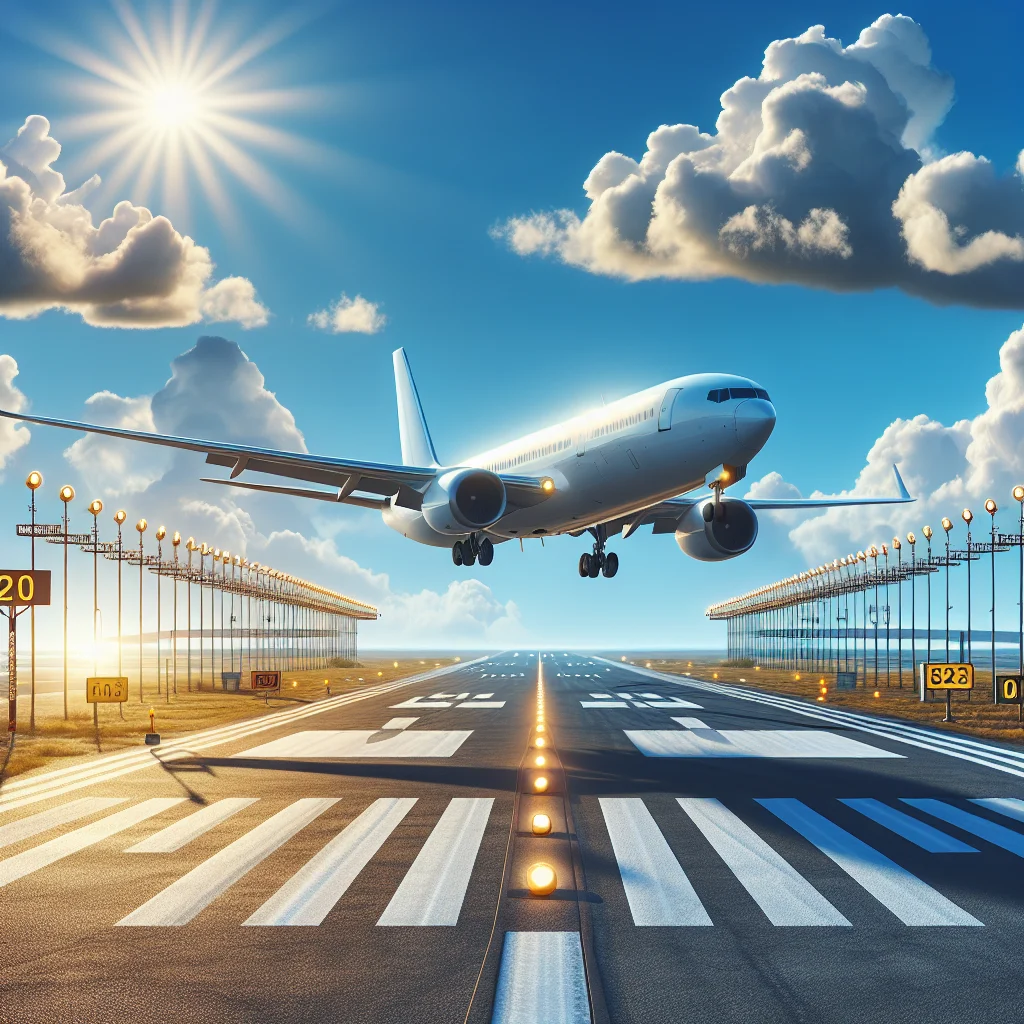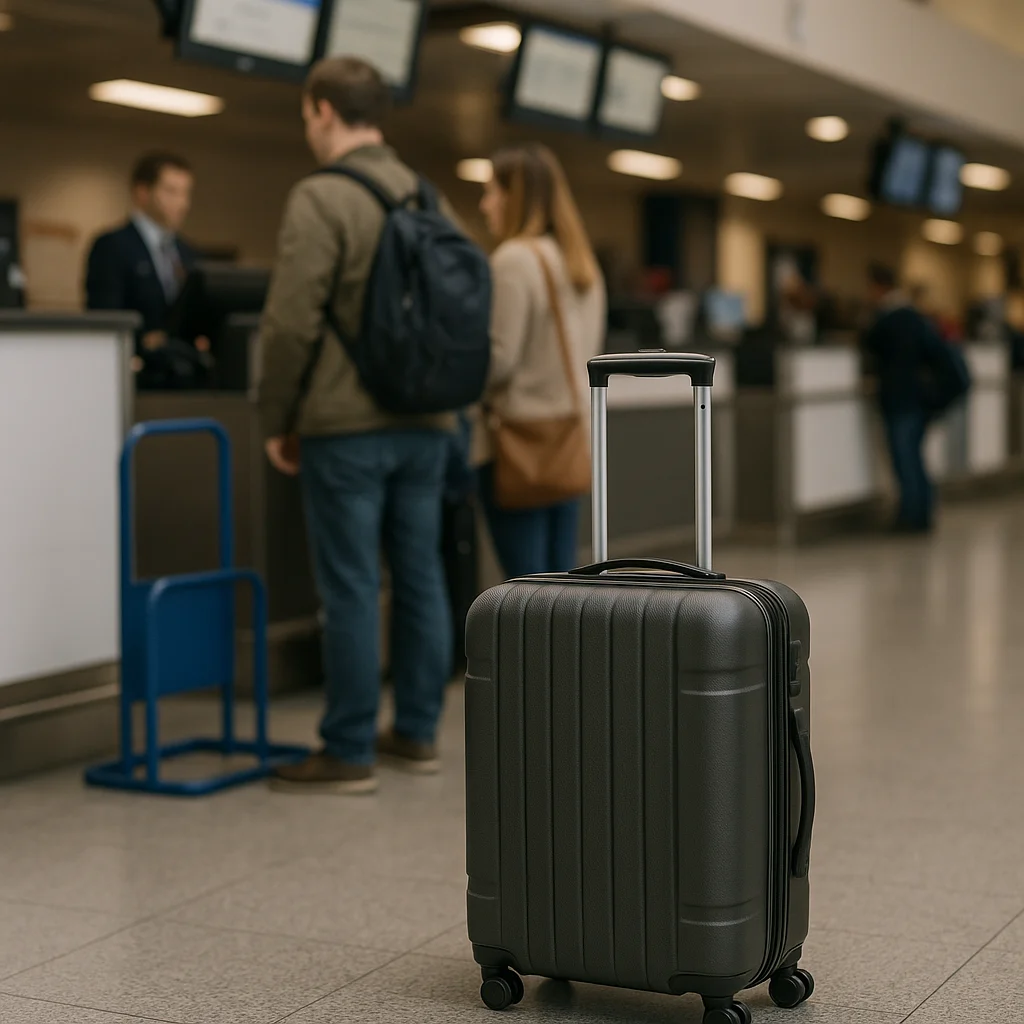Why Safety in Airlines Matters More Than Ever
Flying remains one of the safest modes of travel globally, yet the quest to identify the safest airline is vital for millions of passengers. Safety rankings provide travelers peace of mind, helping them choose carriers that meet or exceed rigorous standards. In an era of increasing travel demand and evolving aviation technology, understanding what makes an airline the safest airline is crucial. This insight empowers passengers to make informed decisions and encourages airlines to prioritize safety innovations continually.
Criteria Defining the Safest Airline
Determining the safest airline involves a multidimensional evaluation process. Aviation experts and safety organizations consider several key factors:
Rigorous Safety Audits and Certifications
International aviation bodies such as the International Air Transport Association (IATA) and the International Civil Aviation Organization (ICAO) conduct regular audits assessing airlines’ adherence to global safety regulations. Achieving certifications like IATA Operational Safety Audit (IOSA) is a significant benchmark.
Accident and Incident History
A vital metric is an airline’s historical safety record, including accident rates, incidents, and how swiftly and effectively the airline implements corrective actions to prevent recurrences.
Aircraft Fleet Age and Maintenance Standards
Modern fleets equipped with the latest safety features contribute to higher safety assessments. Equally important are stringent maintenance regimes ensuring aircraft readiness and reliability.
Pilot Training and Experience
Continuous pilot training programs and rigorous screening ensure that flight crews maintain the highest competency levels, which substantially influences overall safety performance.
Top Contenders for the Safest Airline in 2025
After meticulous evaluation by aviation safety analysts, a clear leader has emerged as the safest airline for 2025. This airline consistently demonstrates excellence across all safety parameters, surpassing global competitors.
Leading Airline’s Safety Milestones
– Maintains a spotless accident record over the past decade
– Invests over 15% of annual revenue in advanced training and state-of-the-art safety technologies
– Operates a fleet composed primarily of next-generation aircraft models recognized for their safety ratings
– Underwent and passed the most demanding IOSA audits with zero critical findings
Industry insiders praise the airline’s proactive culture, emphasizing continuous improvement and transparent safety reporting. Passengers have reported high confidence levels, often citing the airline’s commitment to safety as a decisive factor in their choice.
Comparative Safety Rankings: What Sets the Safest Airline Apart?
While several airlines perform admirably, the safest airline distinguishes itself through:
– Innovative adoption of real-time monitoring and predictive maintenance technologies
– Exceptional pilot training simulators incorporating advanced scenario-based exercises
– An extensive safety management system (SMS) that integrates data from all operational levels to anticipate and mitigate risks
These elements collectively contribute to an unmatched safety profile, setting the benchmark for the industry.
Technological Innovations Driving Enhanced Safety
Technology plays an indispensable role in aviation safety today. The safest airline is at the forefront, leveraging innovations to minimize risks further.
Real-time Aircraft Health Monitoring
Equipped with sensors transmitting continuous data streams to ground teams, aircraft can receive maintenance attention before minor issues escalate. This predictive maintenance reduces unscheduled repairs and enhances overall reliability.
Advanced Pilot Assistance Systems
New cockpit automation assists pilots in critical phases of flight, such as takeoff and landing, decreasing human error potential. The safest airline integrates these systems into their fleet without compromising pilot authority and judgment.
Enhanced Passenger Safety Measures
Beyond flight operations, safety extends to passenger experience — including advanced cabin air filtration, rigorous sanitation protocols, and improved evacuation procedures. These features contribute to holistic passenger well-being.
Passenger Perspectives: What Travelers Value in the Safest Airline
Understanding what passengers seek in a safest airline brings practical insights for improving flight experiences.
Transparency and Communication
Passengers appreciate candid communication regarding safety policies and any operational disruptions. The safest airline’s reputation partly stems from its transparent approach in keeping passengers informed proactively.
Comfort Coupled with Safety
While comfort doesn’t equate directly to safety, travelers often interpret well-maintained cabins and attentive service as indicators of an airline’s commitment to passenger welfare.
Trust and Reputation
Word-of-mouth and independent safety rankings heavily influence passenger trust. Travelers often rely on third-party reports and industry awards to validate their choices.
How the Safest Airline Prepares for Emerging Challenges
Aviation is a constantly evolving field, and the safest airline continually adapts to new challenges.
Environmental and Climate Considerations
With climate change contributing to more unpredictable weather patterns, the airline strengthens its weather forecasting partnerships and invests in flexible operational planning to maintain safety during adverse conditions.
Cybersecurity in Aviation
Increased digitalization within aviation systems exposes new vulnerabilities. The safest airline employs cutting-edge cybersecurity measures to protect navigational, communication, and operational systems.
Ongoing Research and Collaboration
Continuous engagement with global aviation safety councils and participation in international research programs ensures the airline remains ahead of emerging risks.
Planning Your Next Flight: Choosing the Safest Airline
When selecting your next carrier, prioritize the safest airline based on objective safety indicators. Here are practical steps:
– Review safety rankings published by reputable bodies like AirlineRatings.com
– Consider recent audit and certification statuses
– Evaluate fleet age and aircraft types used for your route
– Check passenger reviews focused on safety and operational reliability
– Factor in airline responses to transparency and communication regarding safety issues
For those wanting more information or personalized advice, feel free to contact khmuhtadin.com for expert guidance on booking with the safest airline.
Flying with confidence starts with informed decisions that spotlight airlines making safety their top priority. Embrace these insights to elevate your travel experience next time you take to the skies.




